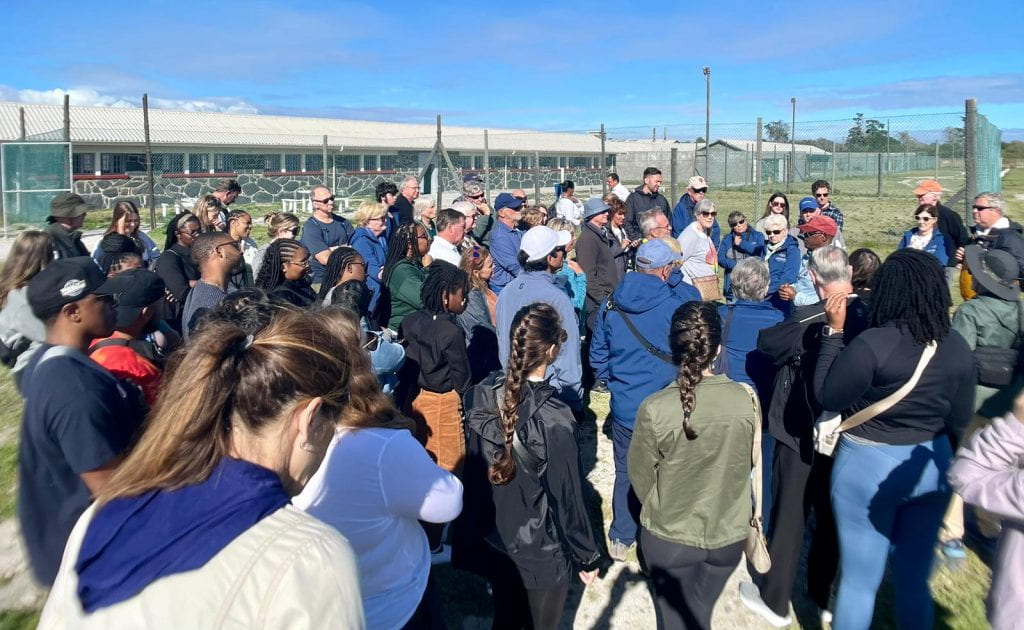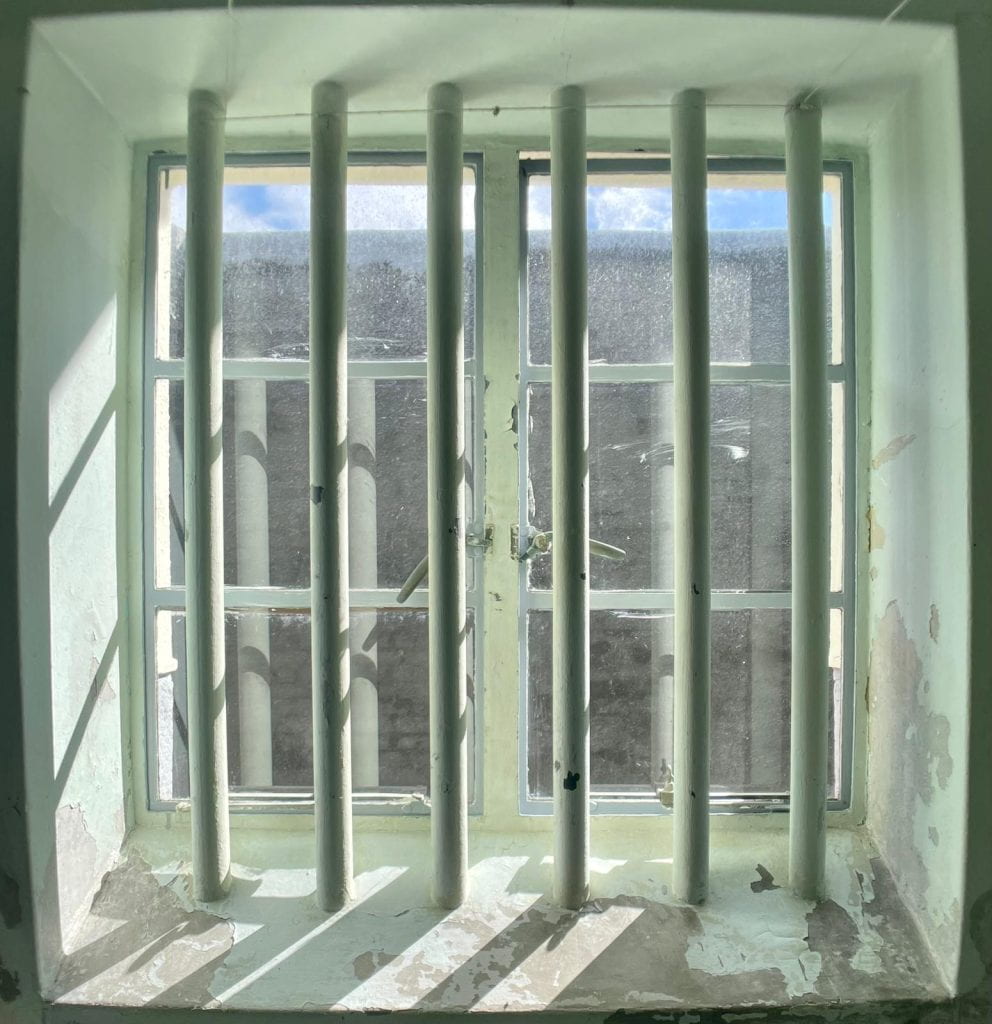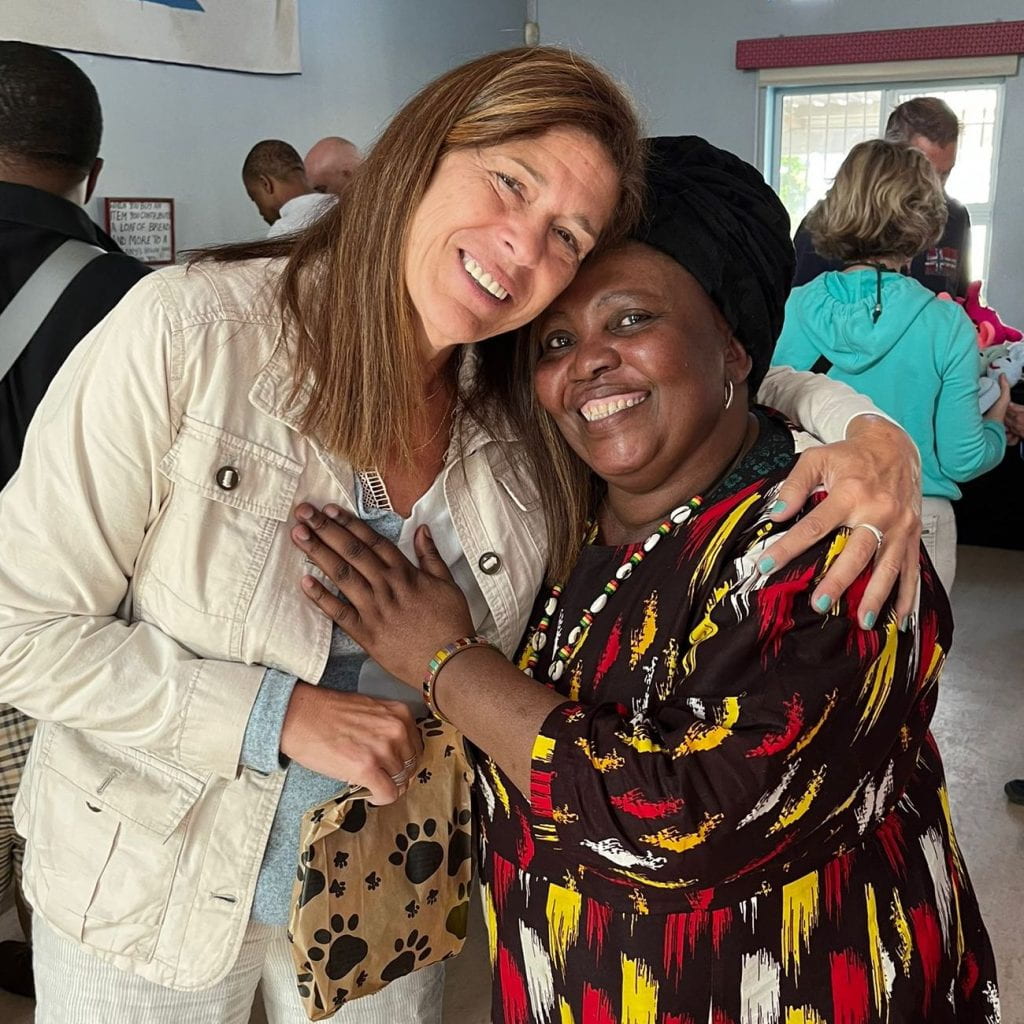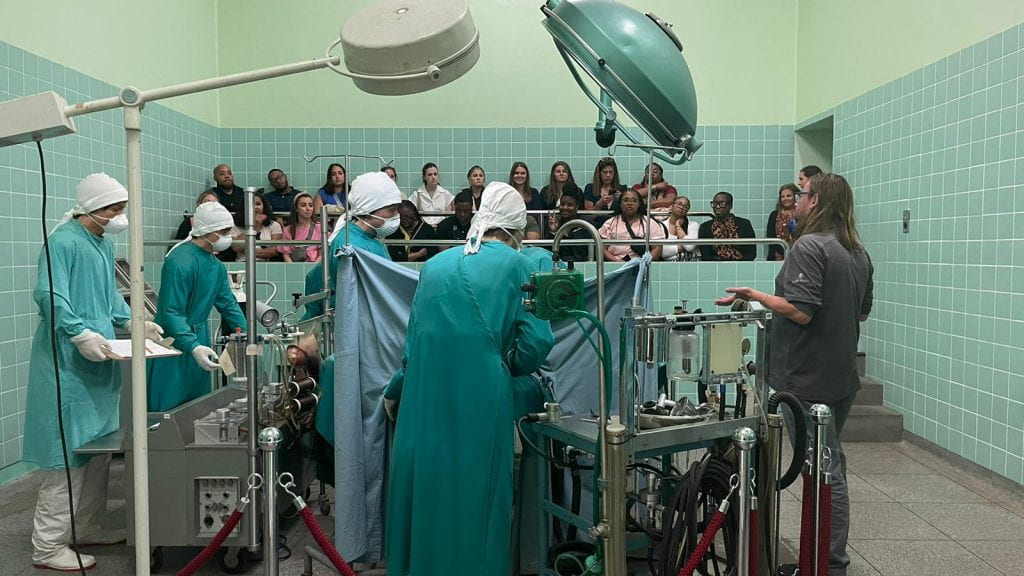By Anyssa Sepulveda



The OT Abroad group spent some time on May 6 at the District 6 Museum in Cape Town, South Africa. The museum takes its name from the neighborhood it commemorates, a once multiracial community whose residents were forcibly removed in the 1960s and 70s by the apartheid government.
After slavery was abolished in South Africa in 1833, District Six was settled by formerly enslaved people and became home to a diverse community that included artisans, merchants, immigrants, and Malay people brought to the area by the Dutch East India Company. At its peak, the neighborhood made up one-tenth of Cape Town’s population and was home to almost 2,000 families.


In 1966, the apartheid government declared District 6 a “whites only” area, though at this time whites made up only 1% of the community’s residents. By 1982, more than 60,000 people had been removed from the district. Many of their homes were destroyed to make way for new development, and most former residents were relocated to the Cape Flats area, around 25 km away.
The museum takes approximately 1 hour to walk through and contains written notes, large hanging “memory cloths” with embroidered messages from former residents, traffic signs and maps from the vanished neighborhood, and pictures of its people and their daily lives.
Click here to learn more about the museum and District 6.


















